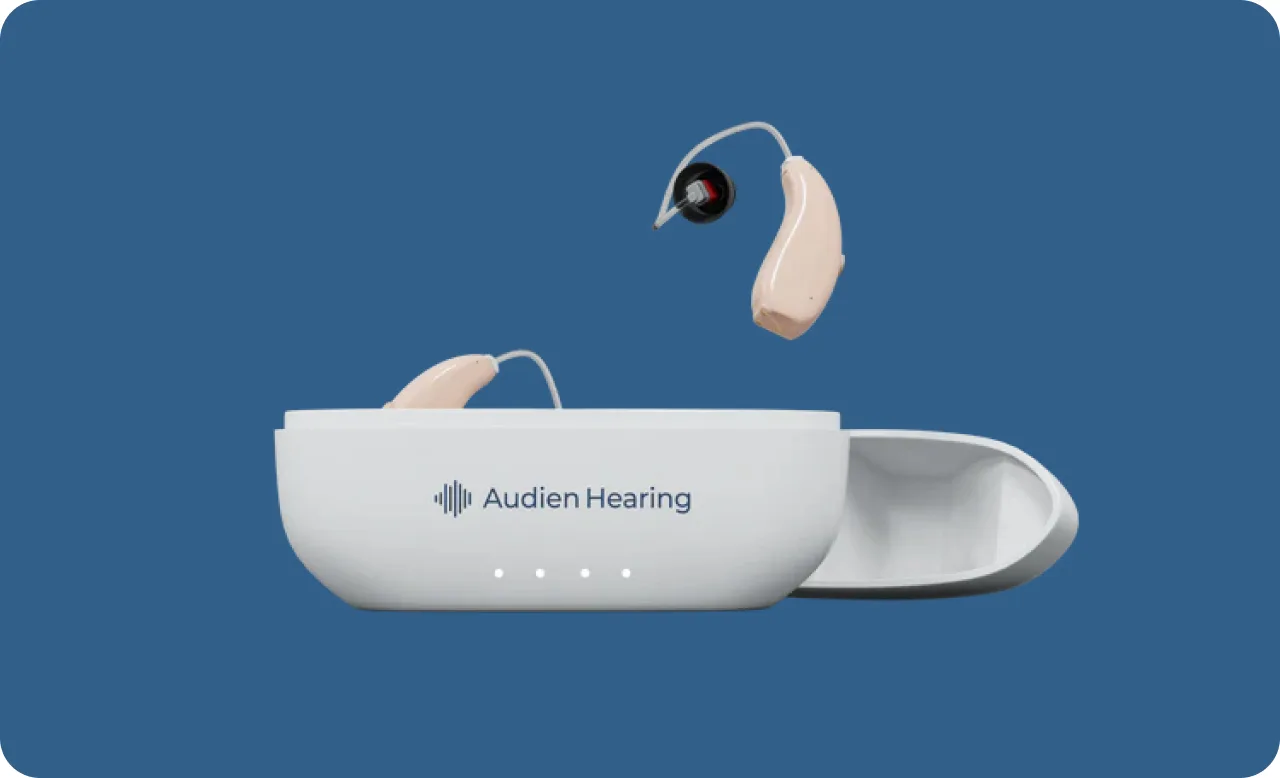
How to Choose the Right Medical Alert Device for Independent Living
Maintaining independence is a cherished goal for many seniors and individuals with health concerns. The freedom to live in one's own home, on one's own terms, is invaluable. A medical alert device for independent living is a cornerstone of modern safety, providing a crucial link to help during an emergency. It’s more than just a button; it's a lifeline that fosters confidence and provides peace of mind for both users and their families. But with so many options available, choosing the right one can feel overwhelming. This guide will walk you through the essential factors to consider, ensuring you select a device that perfectly aligns with your lifestyle and needs.
Step 1: Assess the User’s Lifestyle and Needs
The first step is a personal assessment. Is the device for someone who primarily stays at home, or for an active individual who enjoys gardening, walks, and visiting friends? An at-home system might be sufficient for the homebody, but an active senior will need a mobile device with GPS capabilities. Consider their comfort level with technology. Some prefer a simple, single-button pendant, while others might appreciate the advanced features of a smartwatch-style device. Also, factor in any specific health risks, such as a history of falling, which would make automatic fall detection a non-negotiable feature.
Step 2: Compare Core Features and Technology
Once you understand the user's profile, it's time to dive into the features. Look for automatic fall detection, which can signal for help even if the user is unable to press the button. For those who leave the house, GPS tracking is essential for emergency services to pinpoint their location. Check the battery life—mobile devices should last at least 24-48 hours on a single charge. Water resistance is another key feature, as many slips and falls occur in the bathroom. Finally, ensure the device has clear, reliable two-way communication, allowing the user to speak directly with the monitoring center operator.
Step 3: Understand the Costs and Contracts
The cost of a medical alert device for independent living typically involves an initial equipment fee and a recurring monthly monitoring fee. Some companies waive the equipment fee but may have a higher monthly charge. Be sure to ask about hidden costs, such as activation fees, cancellation penalties, or charges for optional features like fall detection. Look for providers with transparent pricing and flexible contract terms. A long-term, binding contract can be problematic if your needs change, so prioritize companies that offer monthly or quarterly plans.
Ready to Make a Confident Choice?
Choosing the right medical alert device is a significant decision that directly impacts safety and autonomy. By evaluating the user’s lifestyle, comparing essential features, and understanding the associated costs, you can make an informed choice that provides reliable protection. Now that you know exactly what to look for, the next step is to see how the top brands stack up. We encourage you to explore our in-depth reviews and comparisons of the leading medical alert systems to find the perfect match for you or your loved one.
Frequently Asked Questions

Audien Hearing Aids Reviews: Affordable Hearing Solutions?
Audien Hearing aims to make sound amplification accessible with its range of highly affordable hearing devices. These direct-to-consumer products offer a simple solution for those experiencing mild hearing difficulties who are seeking a budget-conscious entry point into hearing enhancement.












